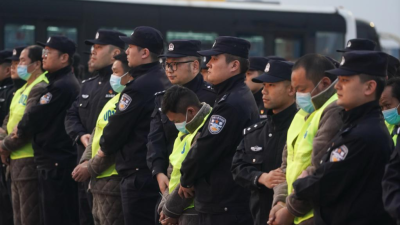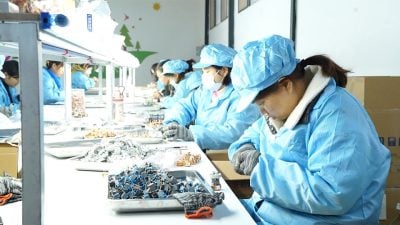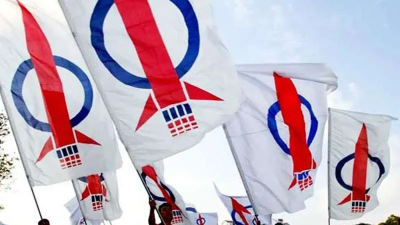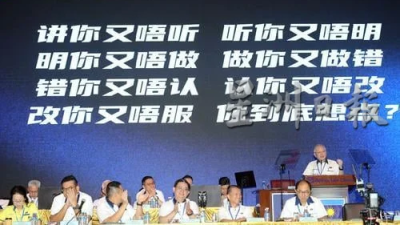The recent global energy crisis has shown that a secure energy transition is more pressing than ever.
Asean and China, two of the world’s largest players in the energy sector, have a critical role to play.
The two regions possess a unique opportunity to leverage their strengths and collaborate to achieve a common goal: a low-carbon future.
The importance of the energy transition is driven by the fact that both regions need to reduce their dependence on fossil fuels.
Fossil fuel constituted 82.8 per cent of the region’s total primary energy supply (TPES) and it is projected that the region would become a net natural gas and coal importer by 2025 and 2039, respectively (ACE, 2022).
With strong economic and population growth, energy demand will inevitably increase, making it imperative to find alternative energy sources.
To meet this challenge, the region has set a goal to have renewable energy (RE) account for 23 per cent of its TPES and 35 per cent of its installed power capacity by 2025.
Reaching these targets will require a significant investment, some $213 billion from 2021 to 2030.
COP27 provides momentum for the Asean member states (AMS) to take advantage of climate financing opportunities even though they still face limited fiscal and enabling space.
Consequently, it is necessary to explore alternative sources of investment.
China as a potential partner
One potential way to meet the investment needs is to enhance cooperation with China, which has become a leader in clean energy investment.
According to IEA (2022), China was the world’s largest investor in clean energy ($380 billion) in 2021.
China has contributed large amounts of both public and private investment in RE projects overseas, accounting 21 per cent of global public investment in RE projects over the period 2001-2020 (ACE, 2023).
In addition to mobilizing capital for RE projects, China is a key player in the global trade of RE products.
Over the years, China has led innovation performance in clean technologies (IEA, 2022).
Accordingly, China has gained strong competitiveness in exporting these products, accounting for 23 per cent of total global exports of RE products in 2021 (ACE, 2023).
The rise of China in global RE development offers an opportunity for the AMS to accelerate its energy transition, especially given that China and Asean already cooperate in many different areas.
China’s total public investment allocated to RE projects in Asean between 2000 and 2020 reached $31 trillion, accounting for 60 per cent of total foreign public investment in the region over that period.
The private sector is also vital in China’s development of RE in the region. Since 2010, the private sector (as a sponsor and financing bank) has figured highly in China’s participation in RE projects.
Since then, Chinese sponsors have committed to investing $3.6 billion (ACE, 2023) in RE projects.
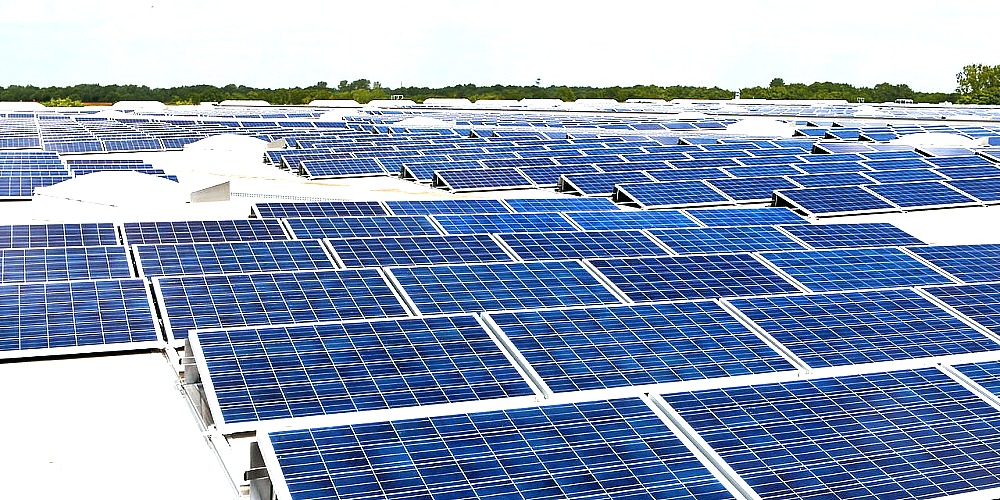
Way forward
The Asean Center for Energy (ACE) is currently nearing completion of a report to identify potential strategies and financing opportunities for Asean to transition towards decarbonization pathways.
To be launched in March 2023, it discusses several opportunities for Asean and China to work together in the RE sector.
From China’s perspective, as it is essential to encourage the shift from traditional energy to low-carbon energy, integrating the AMS’ low-carbon energy transition target with the investment priorities of China’s energy sector would accelerate the low-carbon transition efforts.
To put this into context, between 2011 and 2017, China supported public-private partnership (PPP) projects in traditional energy amounting to $9.2 billion.
If 50 per cent of this investment was shifted to RE projects, an additional investment of $4.6 billion would be added.
The allocation of more investment and grants is essential for preparing commercial and bankable projects.
Project preparation is fundamental. While many countries do not lack potential clean energy pipelines, they face challenges in bringing projects through the financial close and actual investment stage.
Consequently, providing support in the early-stage preparations would reduce investment costs and enhance the progress of the project pipelines.
From Asean’s perspective, the AMS should focus on providing an enabling environment for investment, notably supportive institutional and regulatory frameworks.
It is imperative to have a transparent and consistent schedule for RE project auctions to allow investors to align their project timelines with the scheduled auctions and to better allocate project development costs.
The AMS should also streamline the lengthy licensing and permitting processes.
The prolonged permit process can pose project delay risks to investors and inflict additional transactional costs during these processes. This may reduce the projects’ attractiveness, which disincentives private investment.
However, reforming the permitting and licensing processes is time-consuming due to political and bureaucratic factors. Hence, it requires the authorities’ bold commitment to ensure the reforms.
It is also crucial for the AMS to realign public budgets to support the clean energy transition.
Although private sector involvement will play a key role in achieving the regional targets of the clean energy transition, public finance is still much needed.
Public finance can signal the government’s commitment to the clean energy transition agenda and help de-risk RE investment.
The AMS should work towards creating an enabling domestic environment to attract investment in electric vehicle (EV) product manufacturers.
The fact that the AMS possess critical minerals for EV production, such as nickel, is a draw to investment in this sector.
Leveraging this would enable the AMS to participate in the value chain of EV products.
Moreover, considering China’s position as the leading producer of EV products, strengthening partnerships with China through investment in EV products can provide spill over innovation and growth in RE-supporting industries in the region, which can help drive the clean energy transition in the region.
Strong cooperation between Asean and China is essential to secure a clean energy transition in the future.
The AMS and China have the resources and capabilities to lead the charge towards a clean energy transition, but they must work together and leverage their strengths in order to take concrete steps towards a cleaner energy future. The time to act is now.
(Imaduddin Abdullah is a researcher at the Institute for Development of Economics and Finance, INDEF; Amira Bilqis is Energy Modelling and Policy Planning associate at the Asean Centre for Energy, ACE.)
ADVERTISEMENT
ADVERTISEMENT







